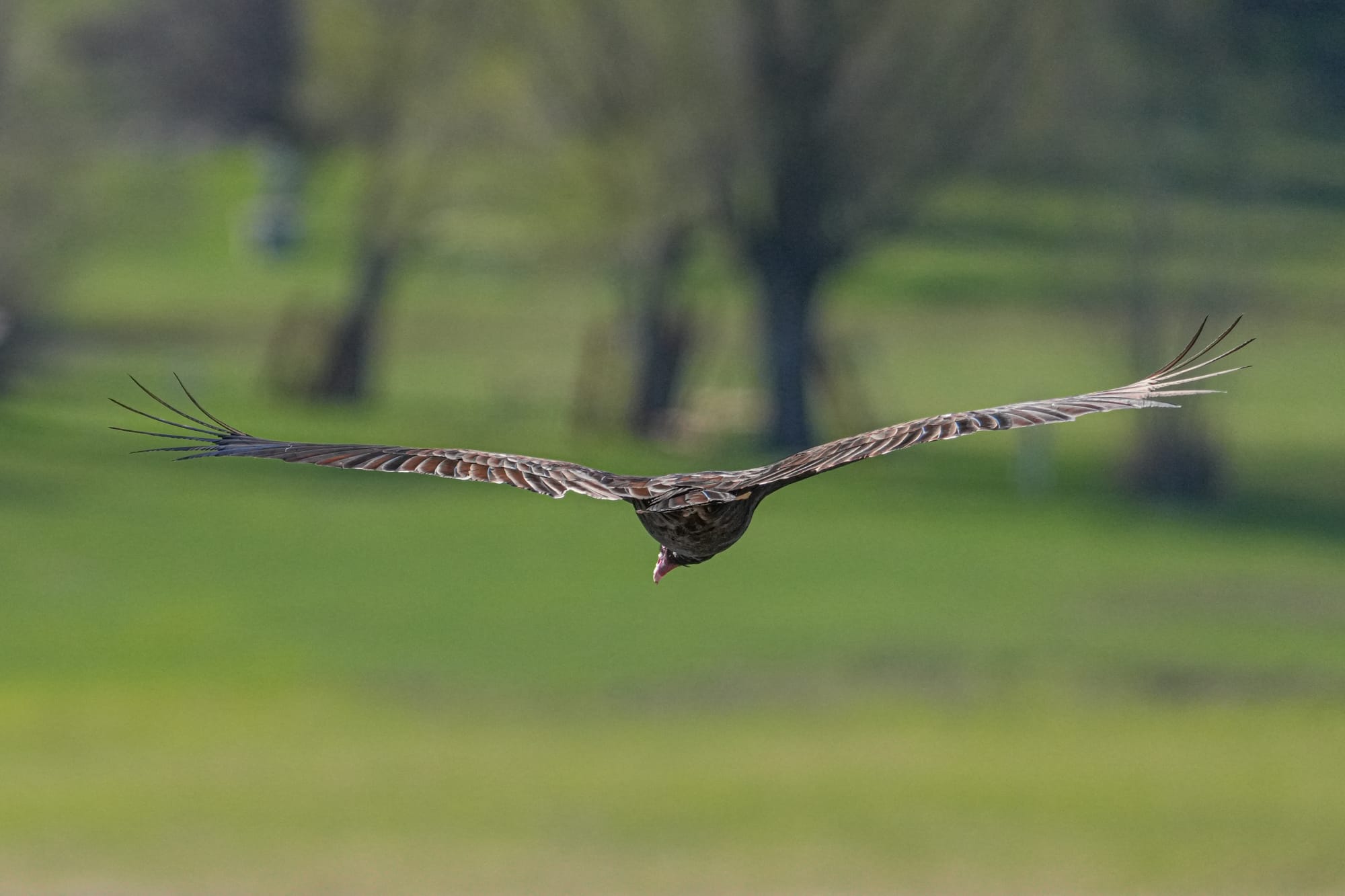April 13-19, 2025
Color, life, and energy in the Methow Valley
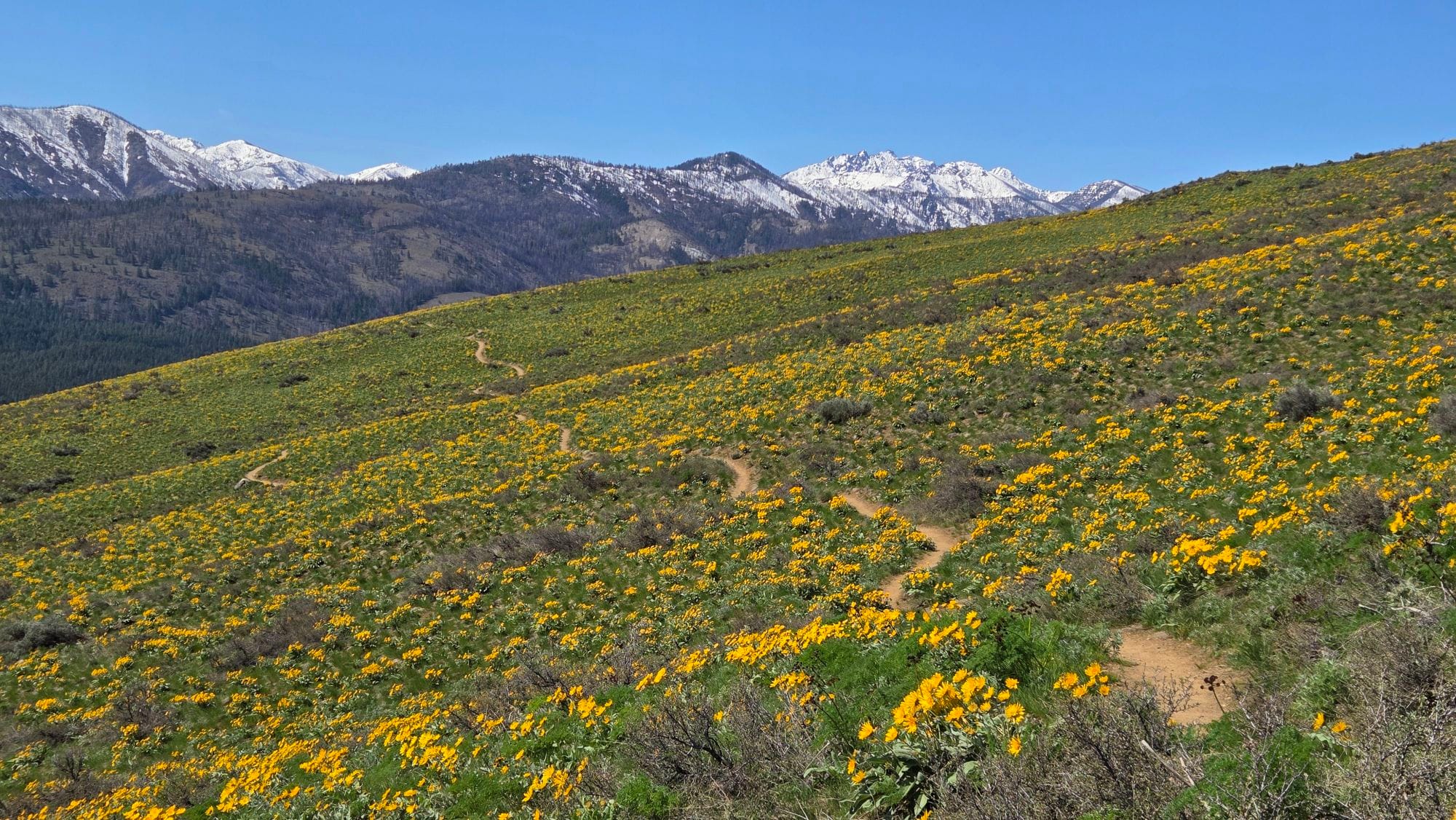
Shifting into peak spring conditions with sunny days, brilliant green hillsides, and countless flowers.
Week in Review
Everything seems to be happening at once right now! So much so that it's utterly enchanting to be outside with swallows and bluebirds flitting back and forth, house finches singing in the trees, and flowers adding splashes of color on all sides!
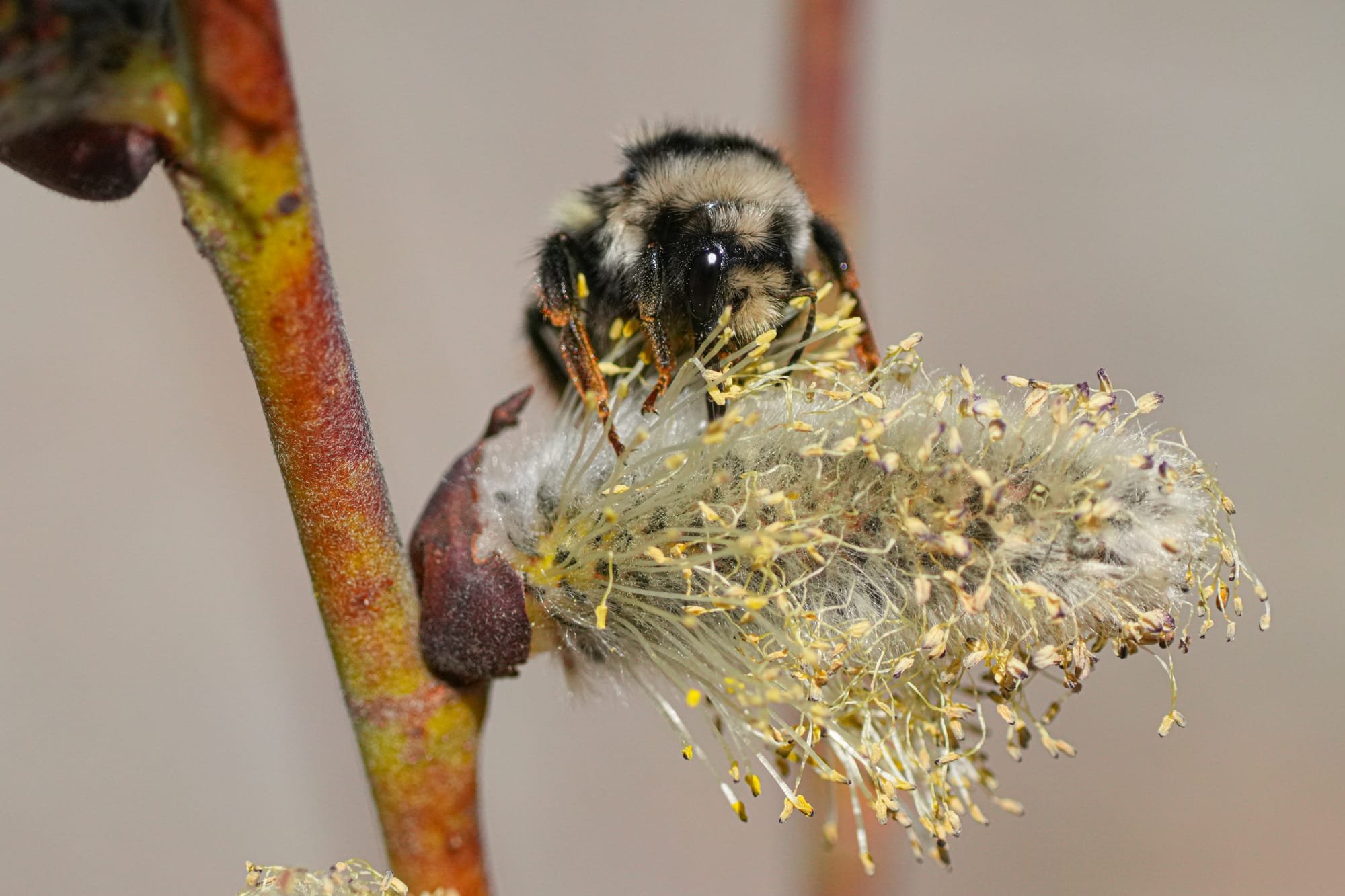
It's refreshing to see the glow of new growth again, ranging from the impossible greens of new grasses on hillsides, to the bright colors of dogwood and willow shoots along creeks and rivers. However, with all the fresh vegetation it's also time to watch out for ticks because the first tick was reported this week.
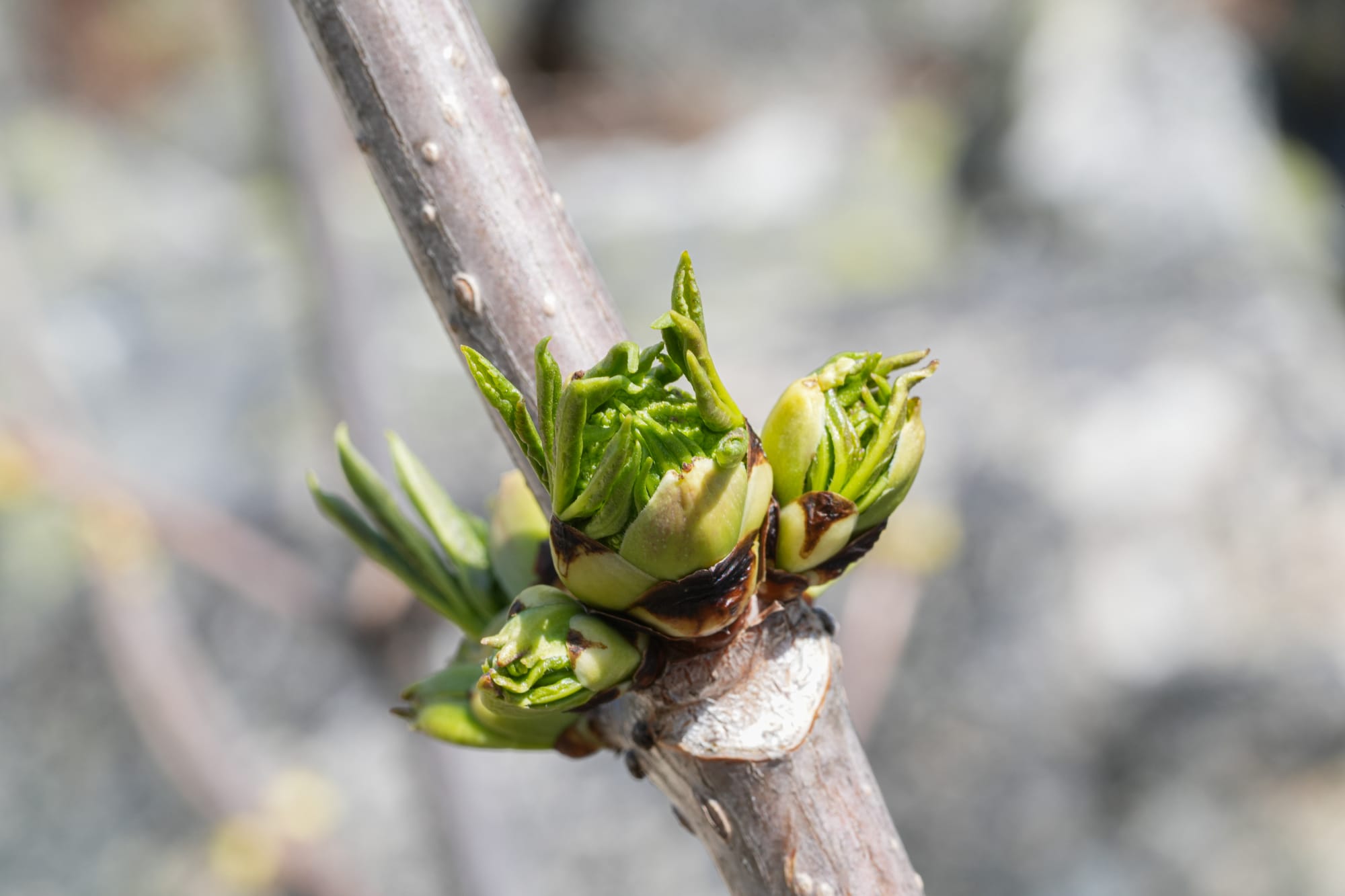
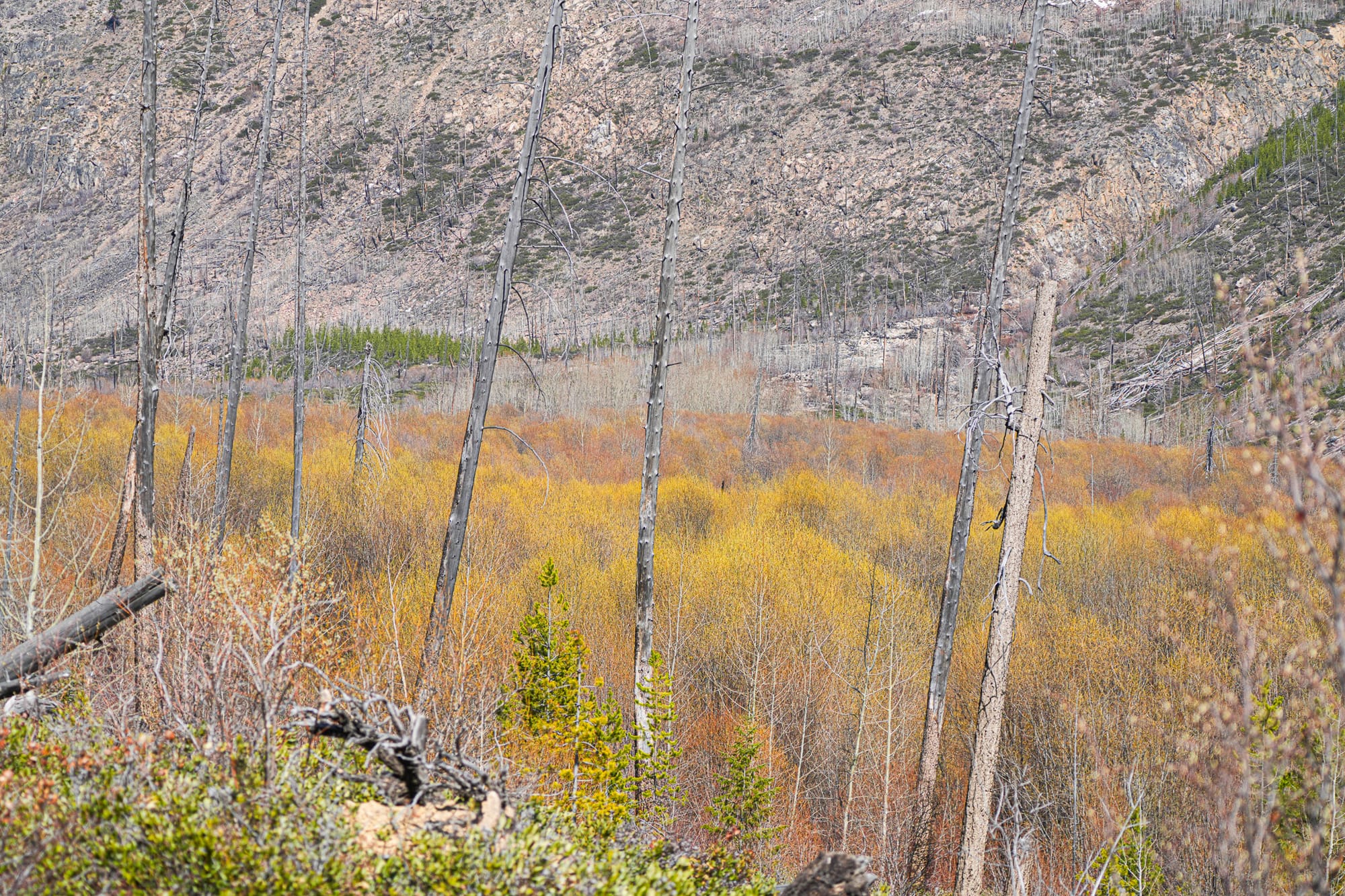
It's easy to focus on the shifting colors of the valley floor and steppe hillsides, but the higher forests are also experiencing spring in their own way. Brilliant green leaves of silvercrown (Cacaliopsis nardosmia) are already out in full force, and in a few weeks their towering yellow flowers will carpet forested hillsides like balsamroots are now carpeting steppe hillsides.

Some years I miss them altogether, but this spring I was thrilled to discover large numbers of glacier lilies on hillsides above the Twisp River and of course I couldn't help but notice the insects pollinating their bright yellow flowers.
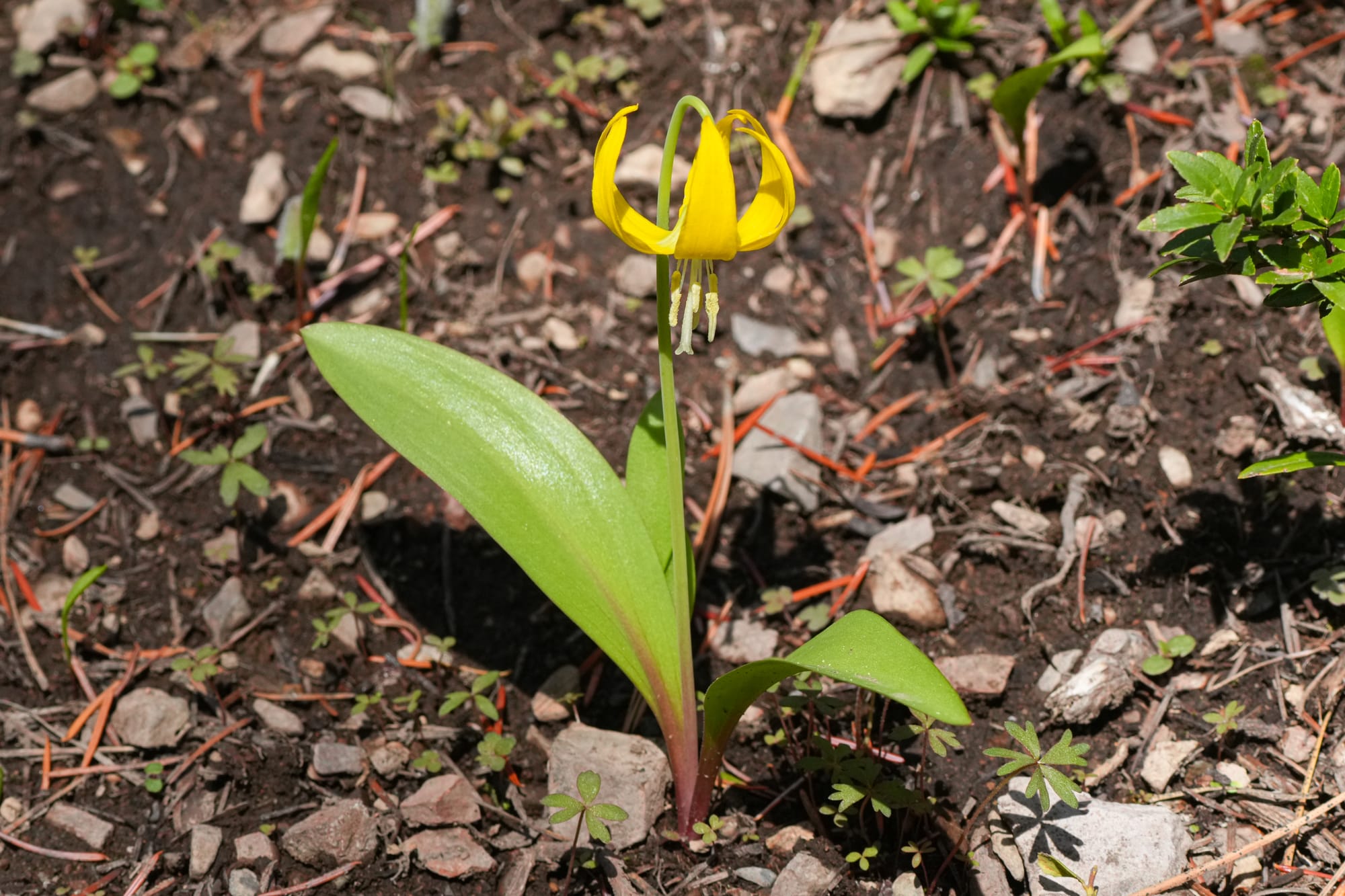
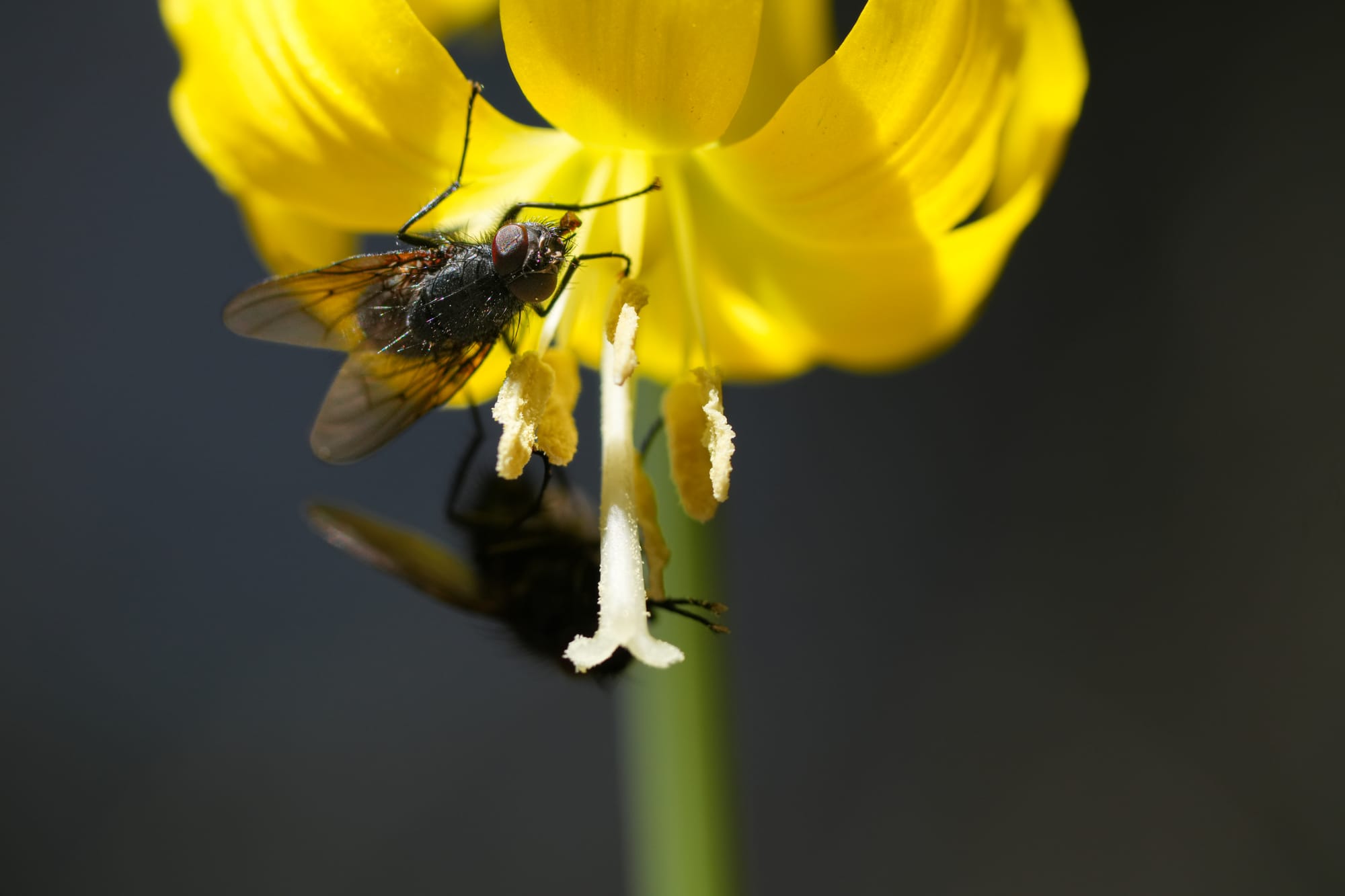
I would guess that the long, extruded flower parts on glacier lilies are designed to attracted butterflies but these flies were happy visitors as well. Photos by David Lukas
Sunny patches in forested areas are also full of butterflies now, including many mourning cloaks and the first blue butterflies I've seen this spring. Butterflies are especially drawn to trails and roadsides where males take advantage of the long linear strips of open space to patrol back and forth in search of females.
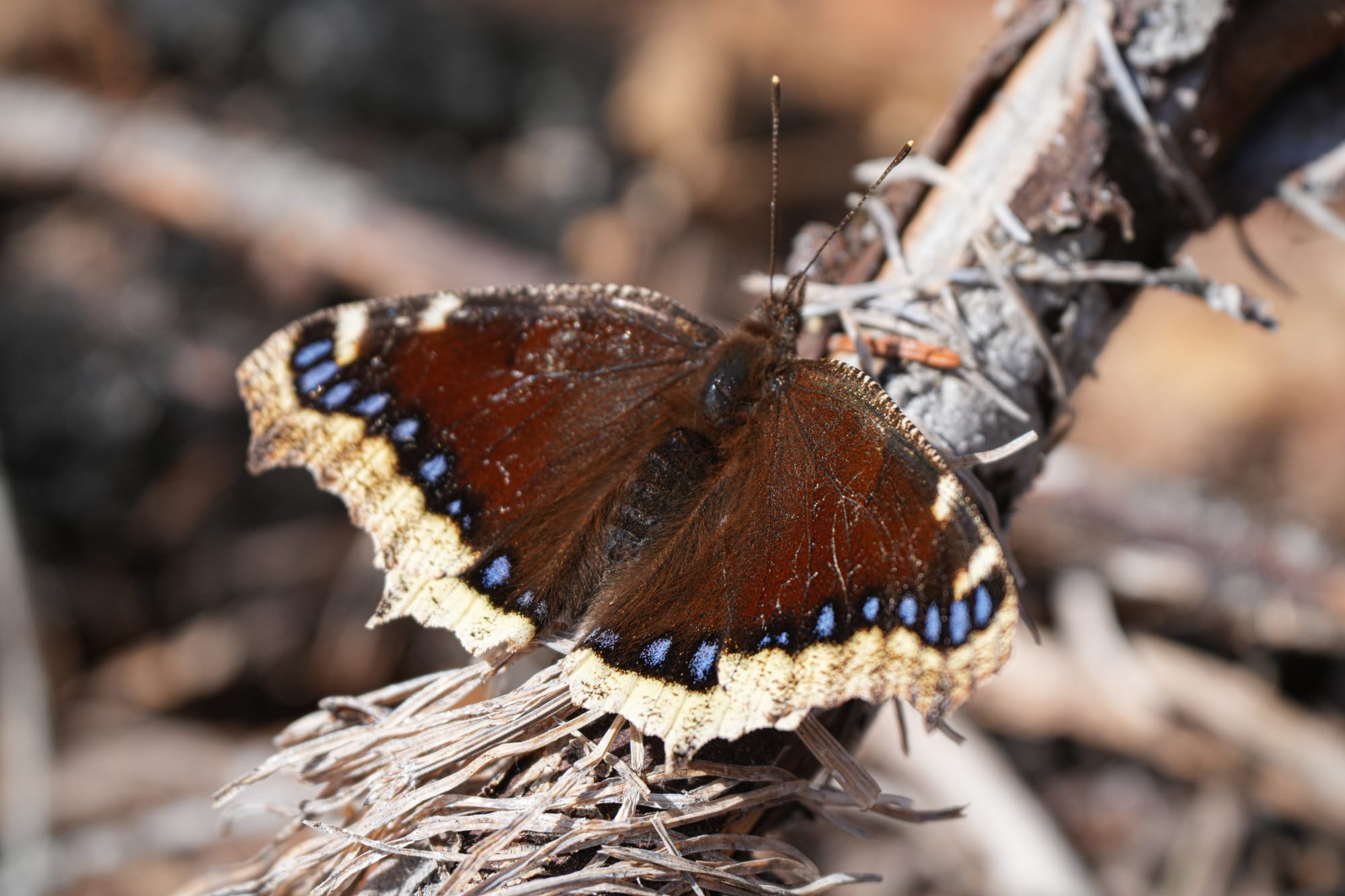
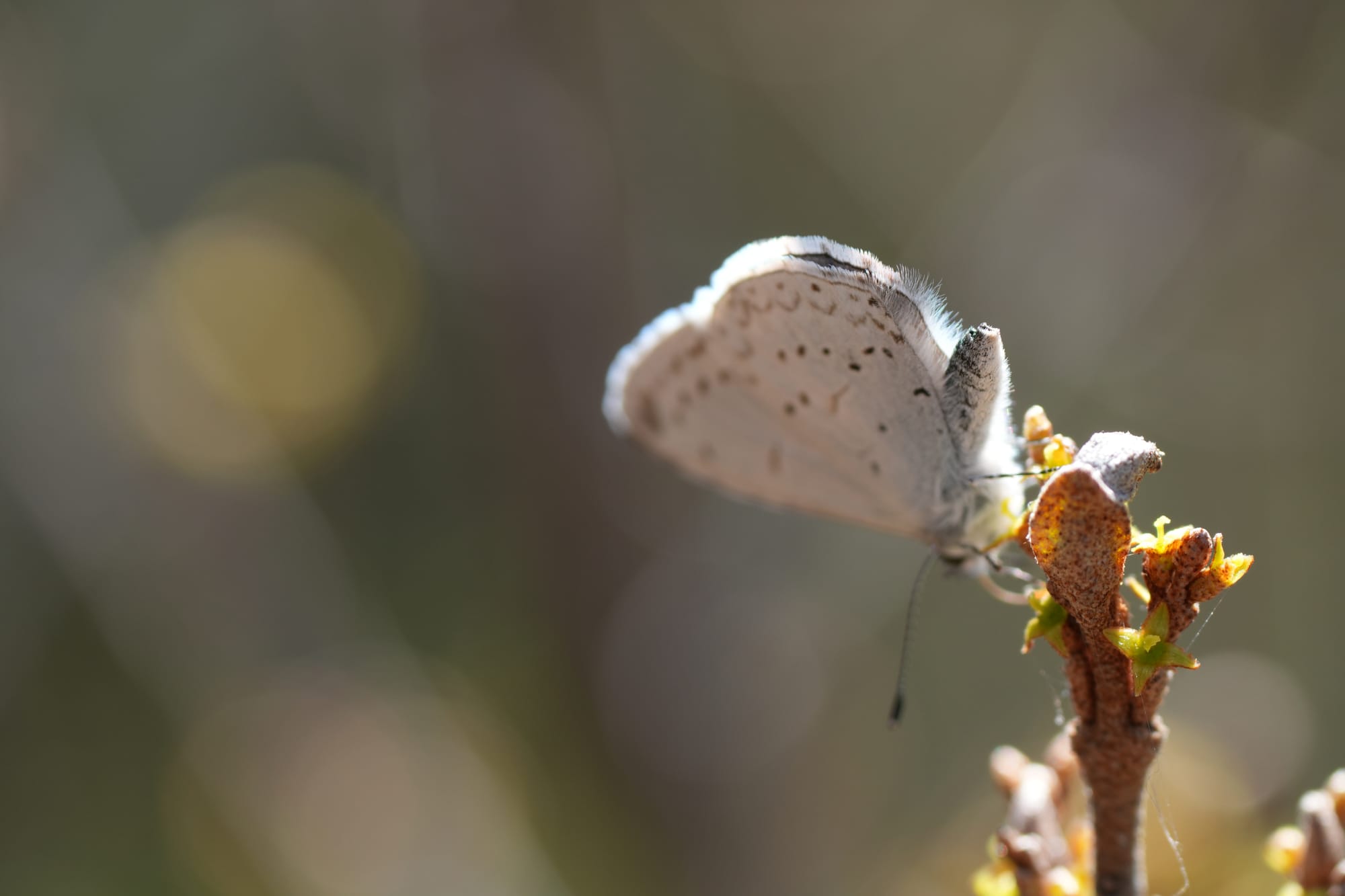
Along one of the trails, and near a pond of calling frogs, I found a very plump Pacific chorus frog hopping through the forest. Given that chorus frogs only recently emerged from hibernation and haven't had much time to eat insects and fatten up, I'm guessing this was a female who was ready to mate and lay eggs. Keep your eyes open and you might spot this too.
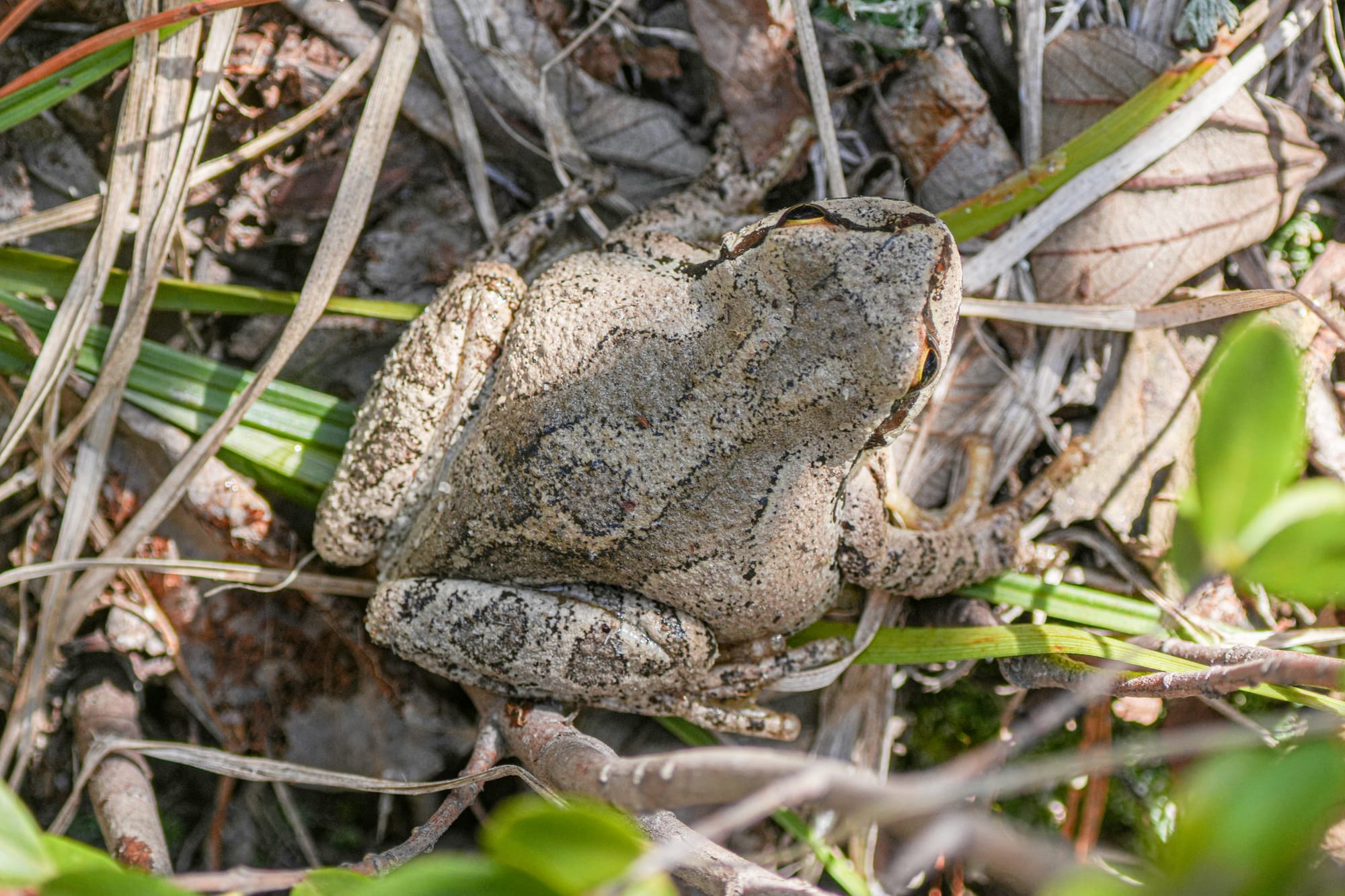
On top of everything else, this has been an exciting week for birds. On April 13th I noticed my first Lincoln's sparrow of the year, and a lone snow goose was reported at Pearrygin Lake.

The next day, hundreds of ducks suddenly appeared on Big Twin Lake. Most them were American wigeons but there were also northern pintails, green-winged teal, and other species in the mix.
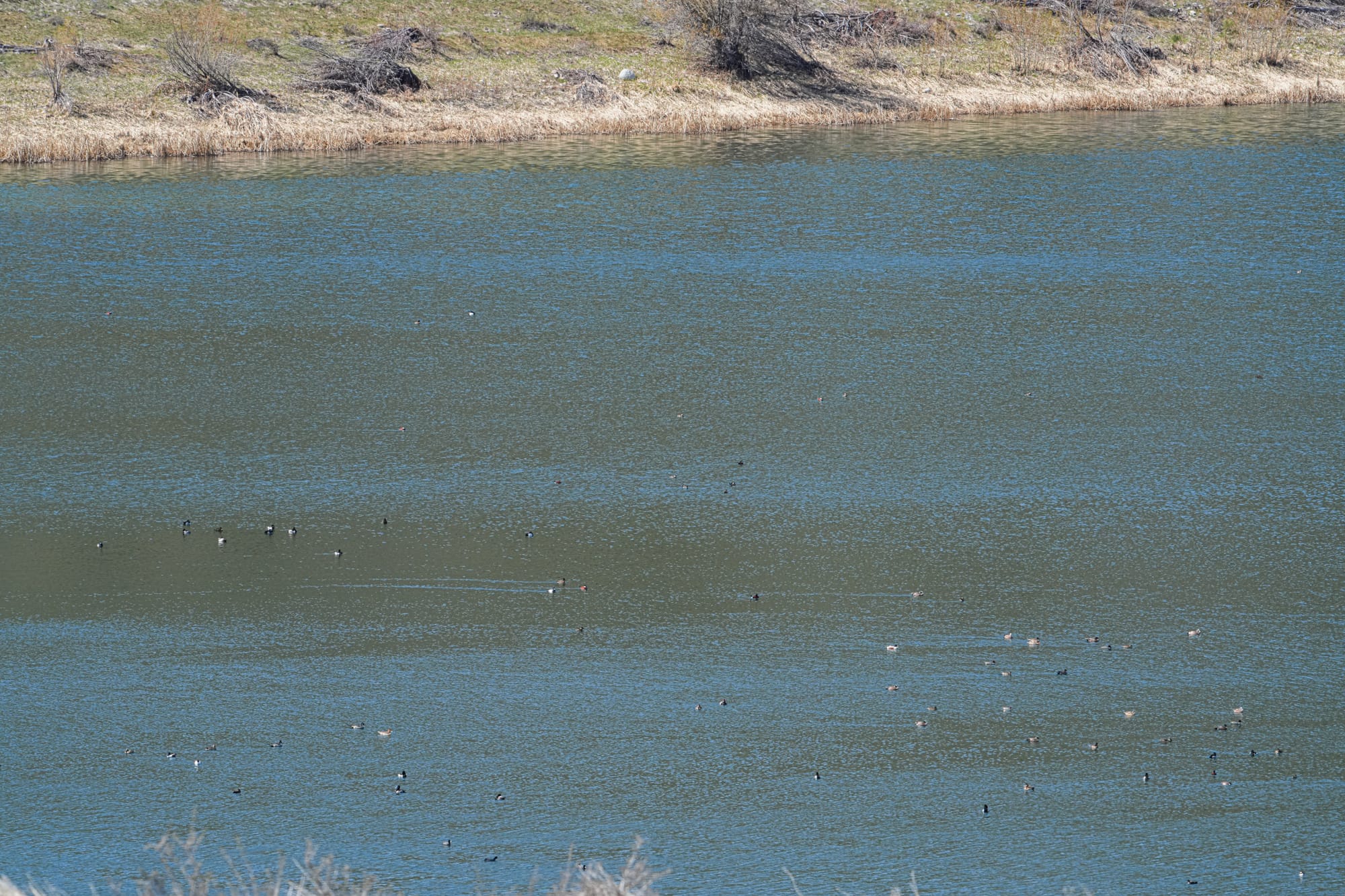
Then, the day after that, hundreds of noisy Canada and cackling geese arrived and spent a good hour fighting the wind and circling back and forth over Winthrop. It was very dramatic and hard to tell what they were doing. It seemed like they were repeatedly trying to fly north into the face of very strong erratic winds but were being blown back in waves.
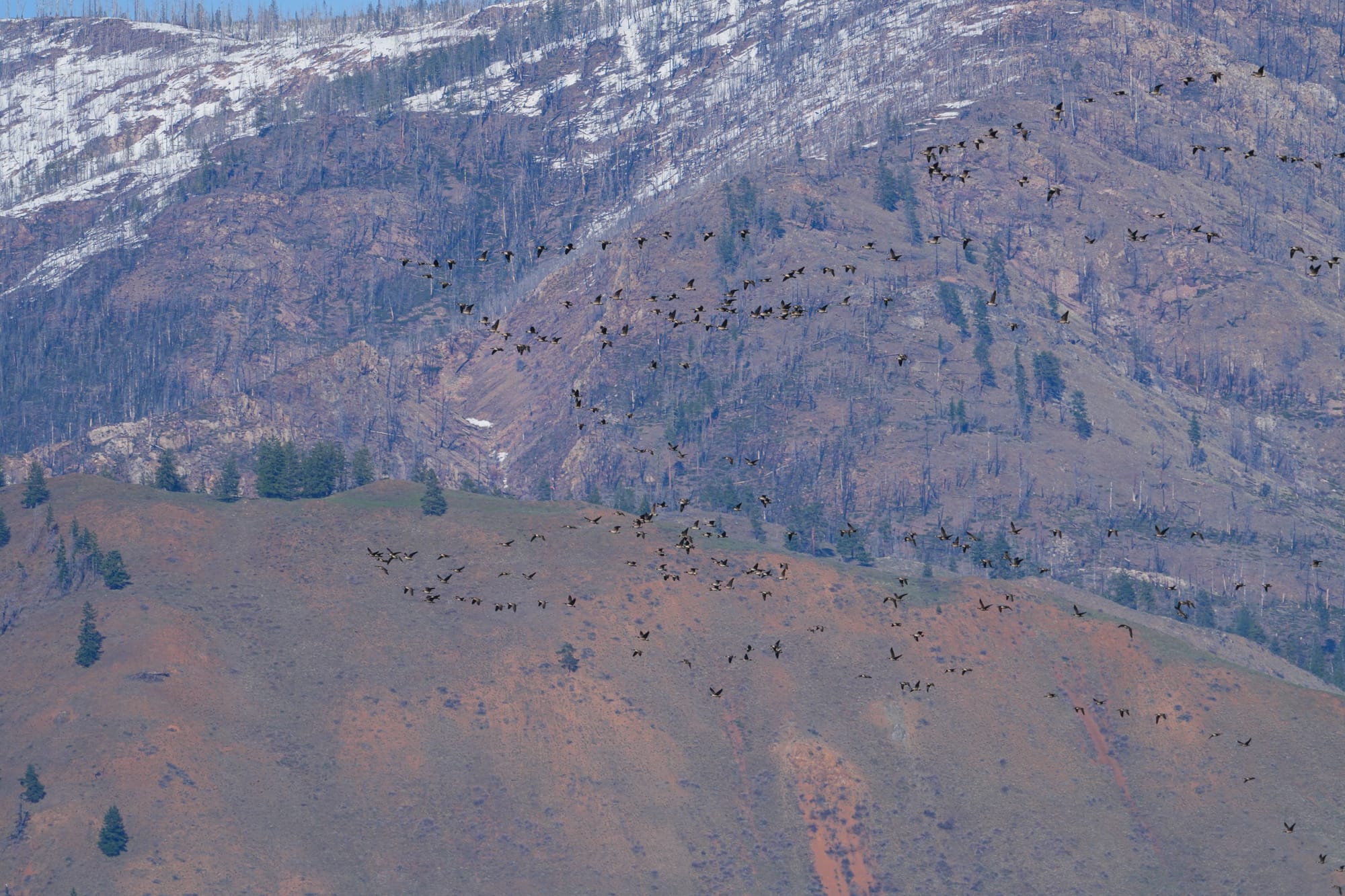
The most exciting new arrivals have been the yellow-rumped warblers that first appeared on April 16 and are now flitting everywhere around the valley. Most of them have been brilliantly colored males who are eager to push north and establish territories as soon as the changing weather and melting snow allows them.

Finally, I want to say thank you to everyone who made a donation and upgraded to a paid subscription in response to my note in last week's newsletter. It really does make a difference and I was deeply touched by your responses. I also want to thank folks who came out for my bird migration talk at the library on Thursday, that was a fun topic and a fun event.

By way of thanks, I'll be offering a couple free walks over the next few weeks that I'll announce on the Nature Notes Facebook group so keep your eyes open for that. Let's get out and see what we can find!
